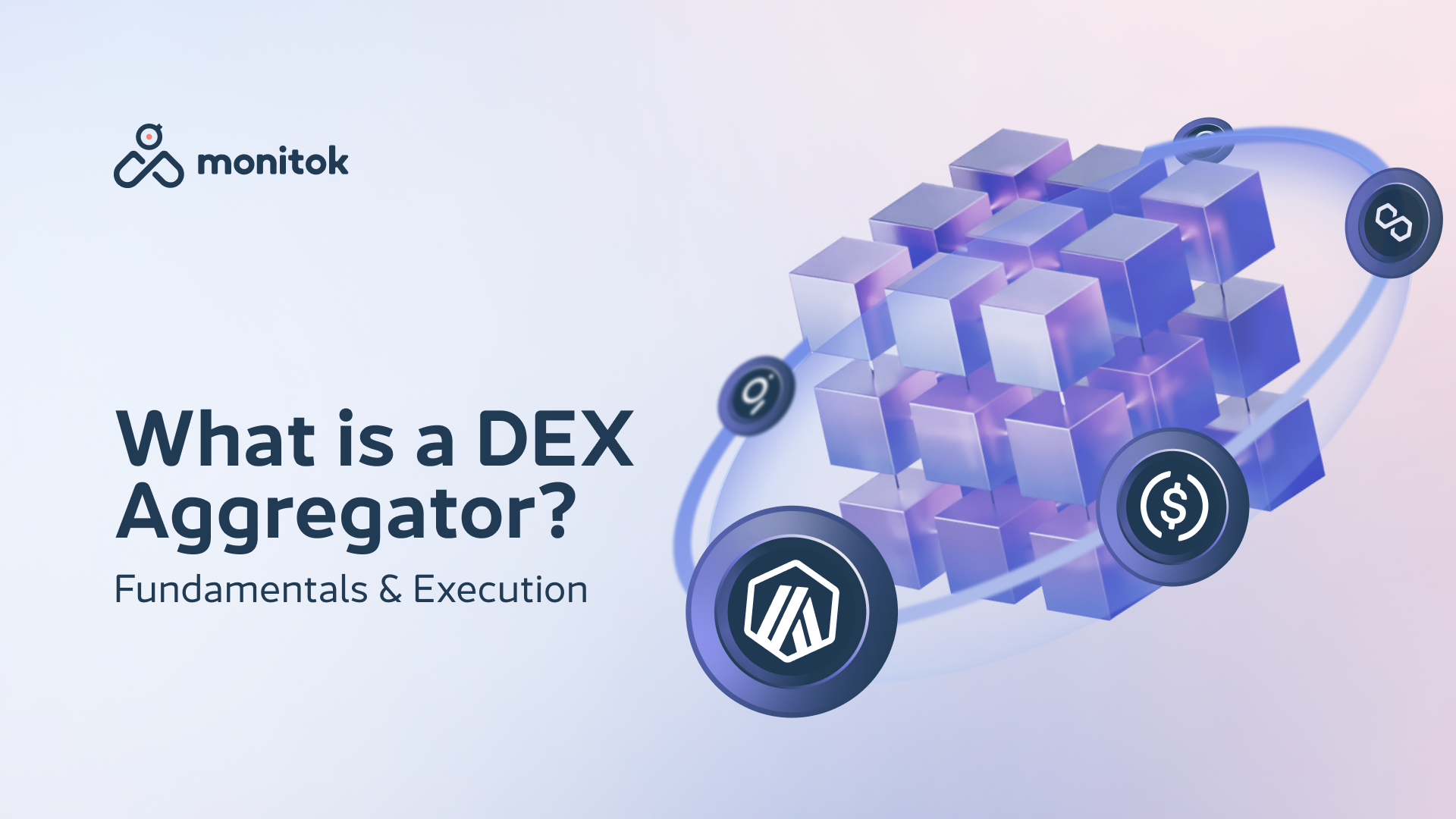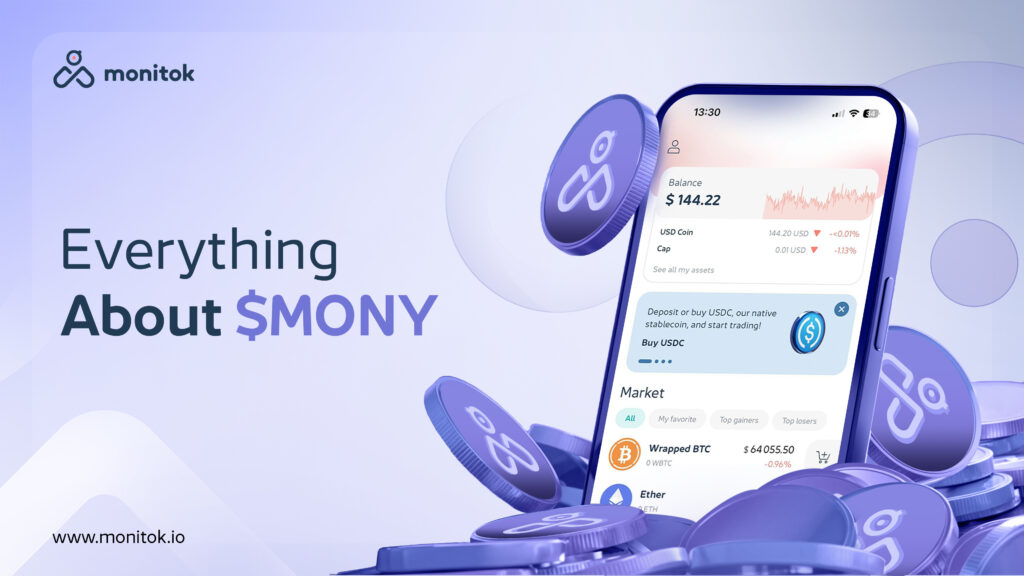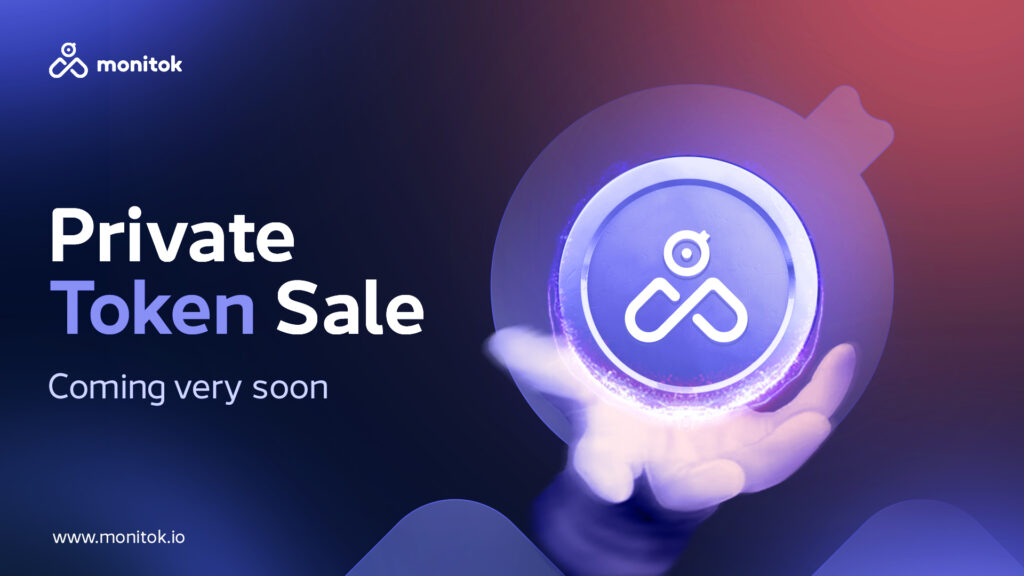I bunn og grunn er en børsaggregator eller DEX-aggregator en teknologi som samler likviditet fra ulike desentraliserte børser for å tilby handelsutførelse. Denne aggregeringen sikrer at tradere kan få tilgang til best mulige priser på tvers av flere plattformer uten å måtte sammenligne priser manuelt eller administrere flere kontoer. I bunn og grunn fungerer den som et metalag over individuelle DEX-er, noe som effektiviserer handelsprosessen.
DEX-aggregatorer bruker smartkontraktsteknologi til å skanne og samhandle med ulike DEX-er i sanntid, og henter inn de beste handelsprisene og -rutene for en gitt transaksjon. Denne muligheten er avgjørende i kryptomarkedet, der likviditet og prisforskjeller kan ha betydelig innvirkning på handelsresultatene.
Hvorfor trenger DeFi kryptoaggregatorer?
Vi har alle vært der - det desentraliserte finansmiljøet (DeFi) kan være forvirrende å bruke på grunn av den nødvendige interaksjonen mellom flere blokkjedenettverk, millioner av forskjellige tokens og deres par, høy risiko for å miste eiendeler og uendelige likviditetsproblemer. Det er mange plattformer og likviditetskilder å ta hensyn til.
Som en løsning på disse problemene har DEX-aggregatorer vokst frem som sentrale verktøy som gjør det lettere for tradere å få tilgang til de beste handelsprisene, store likviditetskilder og raskere handel.
Fordelene ved å bruke DEX-aggregatorer: Forbedret likviditet, pris og effektivitet
DEX-aggregatorer har gitt oss en ny æra med effektivitet, likviditet og prisoptimalisering i DeFi-området. Ved å kombinere likviditetskilder minimerer DEX-aggregering glidning på store ordrer, noe som sikrer mer stabil og forutsigbar prising. Det reduserer også behovet for overdrevne gassavgifter forbundet med å utføre flere transaksjoner på tvers av ulike DEX-er, noe som reduserer kostnadene og øker transaksjonshastigheten.
I tillegg demokratiserer DEX-aggregatorer tilgangen til DeFi-økosystemet, slik at brukerne kan utnytte hele spekteret av desentraliserte finansieringsmuligheter uten å kreve omfattende teknisk kunnskap. Denne inkluderingen skaper en mer levende og konkurransedyktig markedsplass.
Teknologi for DEX-aggregatorer og DEX-aggregatorenes rolle i DeFi
Den enkleste måten å illustrere hvordan en DEX-aggregator fungerer på, er å sette den ved siden av en søkemotor. Tjenester som Google Flights tilbyr aggregerte data fra flere flyselskaper, og brukerne har muligheten til å velge akkurat den avtalen som passer best for dem.
DEX-aggregatorer fungerer på en lignende måte. Den underliggende teknologien baserer seg på algoritmer og smartkontrakter. Disse algoritmene er utformet for å kontinuerlig overvåke likviditeten og prisingen på tvers av mange DEX-plattformer, slik at brukerne tilbys de mest effektive handelsrutene.
I en bredere DeFi-sammenheng fungerer DEX-aggregatorer som en kritisk infrastrukturkomponent som forbedrer markedseffektiviteten. De er avgjørende for å koble sammen punktene i et spredt marked, noe som hjelper både tradere og DeFi-sektoren som helhet.
Monitok: Neste generasjons DEX-aggregator
Monitok er en mobil hybridbørs som samler data fra over 100 DEX-er og gir brukerne de beste kursene. Dette omfattende utvalget av DEX-er sikrer ekstra likviditet, et bredere søk etter kurser og betydelige tidsbesparelser for brukerne. Monitok skiller seg ut for sin brukervennlige tilnærming, spesielt for nybegynnere. Den er utstyrt med sin egen selvforvaltende lommebok og fiat on/ramp-funksjonalitet, noe som gjør den til en omfattende løsning for de som er nye i kryptovalutaverdenen. Brukerne kan administrere eiendelene sine direkte fra sine mobile enheter, og nyte godt av både sikkerhet og bekvemmelighet. Bli en del av oss:
Ofte stilte spørsmål
Hva er forskjellen mellom DEX og DEX aggregator?
Mens en DEX tilbyr en plattform for tillitsløse transaksjoner direkte mellom tradere, effektiviserer en DEX-aggregator denne prosessen ved å samle likviditet fra flere DEX-er, noe som sikrer optimalisert prising og effektivitet.
Hva gjør en aggregator i krypto?
En aggregator innen krypto kombinerer data eller likviditet fra ulike kilder for å tilby en enhetlig plattform for brukerne, noe som forbedrer prisoppdagelse, likviditet og transaksjonseffektivitet.
Hva er den beste DEX-aggregatoren?
En god DEX-aggregator utmerker seg ved å tilby bred likviditet fra mange kilder for optimal prising og minimal glidning, sørge for funksjonalitet og sikkerhet på tvers av kjeder og forbedre brukeropplevelsen med et intuitivt grensesnitt og støtte for ulike lommebøker og nettverk.
Den "beste" DEX-aggregatoren varierer avhengig av brukernes behov. Mer nybegynnere kan bruke Monitok på grunn av sin mobile lommebok, brukervennlige grensesnitt og brede integrasjon med DEXer, mens mer avanserte brukere kan velge 1inch eller Paraswap på grunn av integrasjoner og kompleksitet.
Hvordan bruker du en DEX-aggregator?
For å bruke en DEX-aggregator kobler brukerne vanligvis lommeboken sin til aggregatorens plattform, velger tokens de ønsker å handle, og utfører handelen, mens aggregatoren finner den best mulige transaksjonsruten.
Hvordan er DEX-aggregatorer bedre enn DEX-er?
DEX-aggregatorer tilbyr overlegen likviditet og prising ved å samle ressurser fra flere DEX-er, mens individuelle DEX-er kan ha begrenset likviditet og mindre gunstige priser for visse aktiva.
Hva er avgiften for en DEX-aggregator?
Avgiftene for DEX-aggregatorer kan variere, men er ofte konkurransedyktige, noe som gjenspeiler kostnadene ved å samle likviditet og utføre handler effektivt på tvers av flere plattformer.



